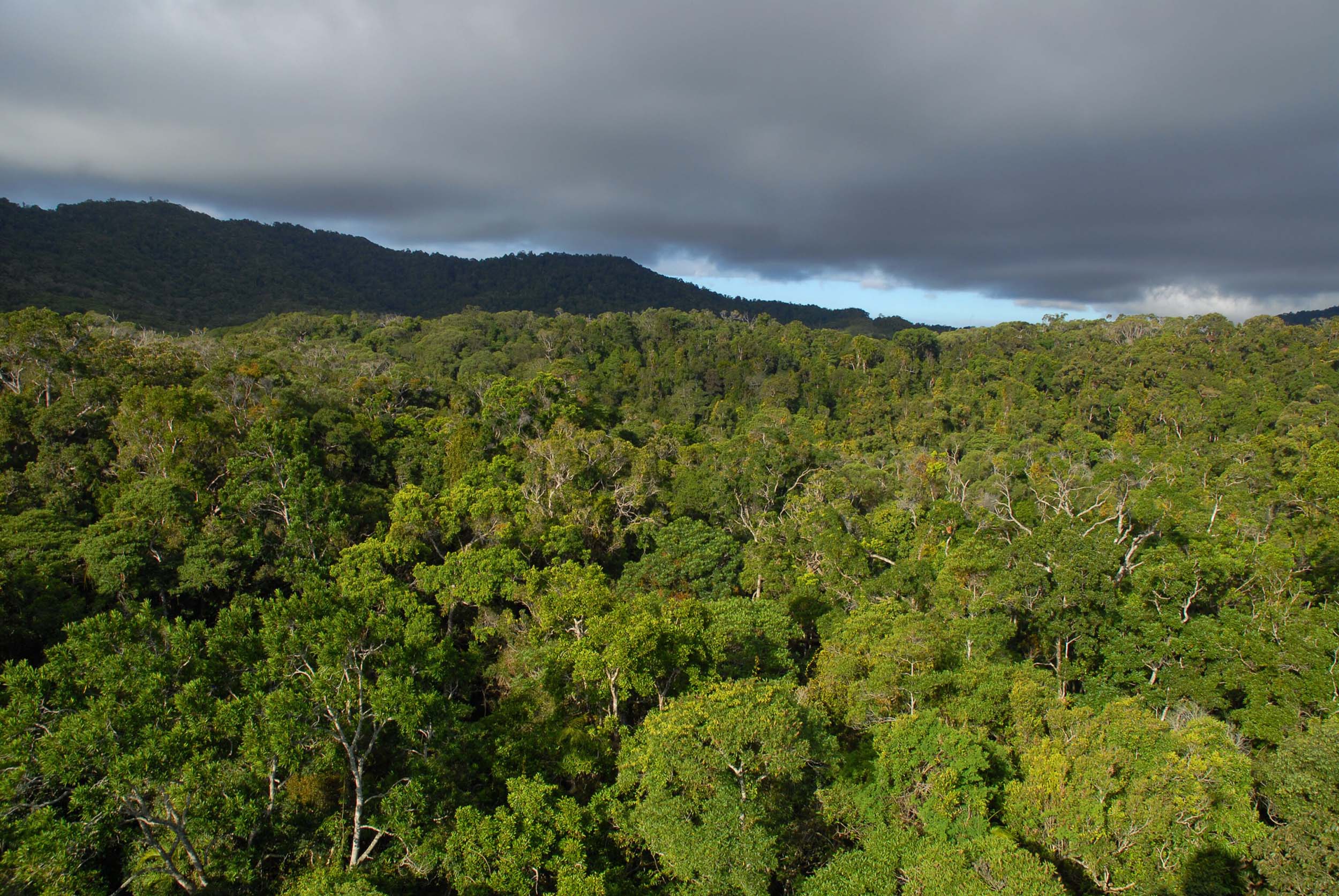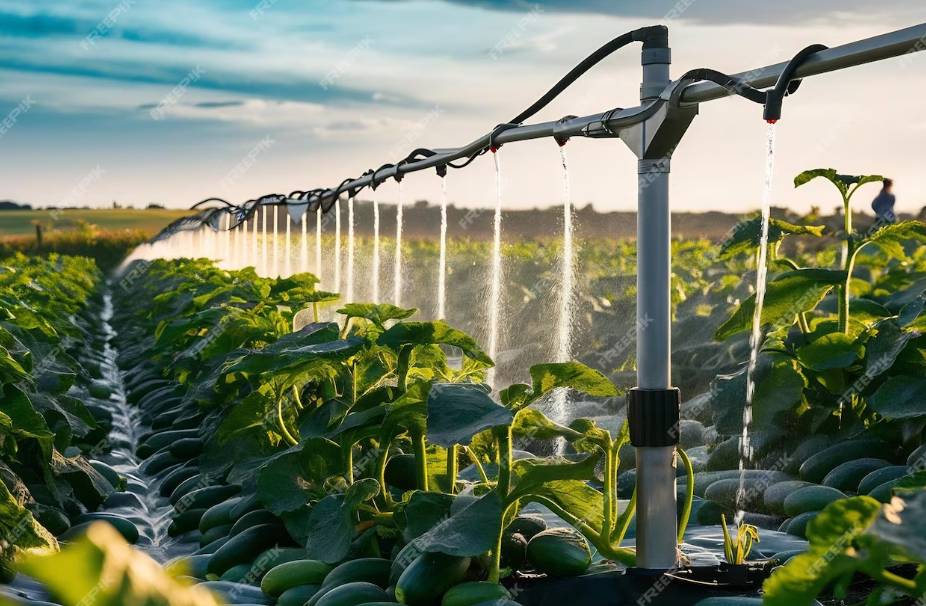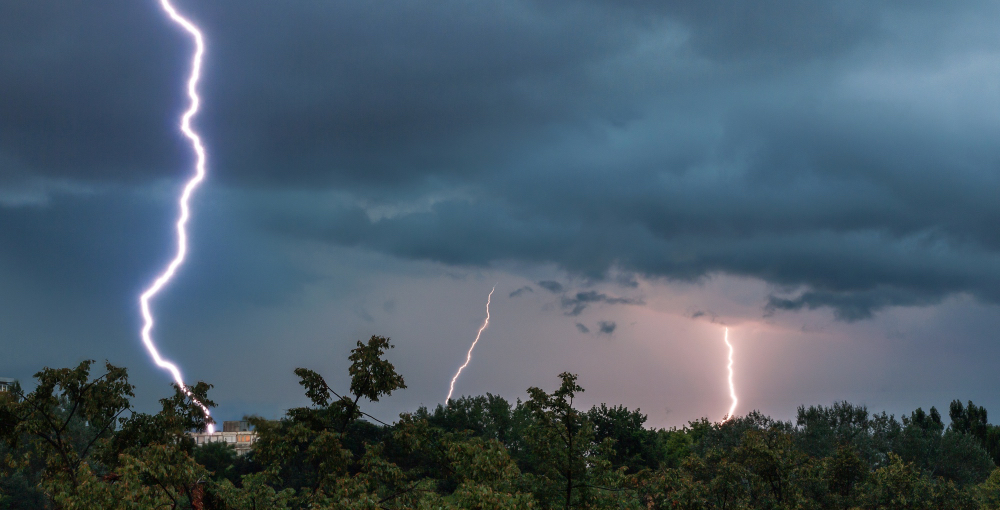El Niño and La Niña are two significant climate phenomena that profoundly impact global weather patterns. They are part of the El Niño-Southern Oscillation (ENSO), a complex weather pattern resulting from variations in ocean temperatures in the equatorial Pacific1.
El Niño, Spanish for “the little boy,” is a phase where the eastern Pacific Ocean experiences warmer than average temperatures. In contrast, La Niña, or “the little girl,” represents a phase where the same region of the Pacific cools down below average temperatures2. These shifts in ocean temperatures can dramatically alter weather patterns around the globe.
In Australia, these phenomena are particularly influential. El Niño events often lead to drier conditions, increasing the likelihood of drought and raising bushfire risk. Conversely, La Niña typically brings about wetter than average conditions, leading to increased rainfall, cooler temperatures, and the potential for flooding3.
Understanding these phenomena and their impacts is crucial in managing weather-related risks and planning for climate change. As we delve into this topic, we will explore how these phenomena impact weather patterns, agriculture, water supply, wildlife, and more in Australia.
Understanding La Niña
La Niña is a climate pattern that is part of the broader El Niño-Southern Oscillation (ENSO) cycle. This cycle represents fluctuations in temperature between the ocean and atmosphere in the east-central Equatorial Pacific1.
What is La Niña?
La Niña, which means “the little girl” in Spanish, is characterized by unusually cold sea surface temperatures in the central and eastern tropical Pacific Ocean. This is the opposite of El Niño, which is marked by unusually warm sea surface temperatures in the same region2.
La Niña events are associated with increased rainfall across the western Pacific and drier conditions over the central and eastern areas. It can also lead to enhanced hurricane activity in the Atlantic and colder winters in the Northwest of the United States3.
How Does La Niña Form?
La Niña forms when the trade winds that blow from east to west across the surface of the tropical Pacific Ocean become stronger than usual. These strengthened winds push warmer surface waters towards the western Pacific (near Australia), causing upwelling of colder water from the deep sea to the surface in the eastern Pacific (off the coast of South America)4.
The cooler water cools the air above it, leading to higher atmospheric pressure in the eastern Pacific and lower pressure in the western Pacific. This pressure difference reinforces the trade winds, creating a feedback loop that sustains the La Niña conditions5.
It’s important to note that La Niña events vary in strength and duration, with significant events occurring roughly every 3-7 years. However, their impacts on weather patterns can be felt worldwide, emphasizing the importance of understanding and monitoring this climate phenomenon.
Managing the Effects of La Niña in Australia
La Niña events, characterized by above-average rainfall and increased chances of flooding, can have significant impacts on Australia. The government, communities, and individuals all play crucial roles in managing these effects.
Government Strategies for Managing These Events
The Australian government has implemented several strategies to manage the risks associated with La Niña. One such initiative is a program designed to assist farmers in managing climate risk1. This program provides information and resources to help farmers understand and prepare for the potential impacts of La Niña on their operations.
In addition, the government has developed a Climate Resilience Policy, which aims to help governments, communities, and businesses adapt effectively to climate change2. This policy includes strategies for managing the increased rainfall and potential flooding associated with La Niña events.
Community Preparedness and Response
Communities also play a vital role in managing the effects of La Niña. Emergency services and land management agencies need more funding to manage the increased risk of floods and other natural hazards during La Niña3. These agencies are responsible for developing and implementing emergency response plans, ensuring communities are prepared for potential disasters.
Furthermore, understanding seasonal forecasting and the impacts of La Niña on rainfall can help communities prepare for these events4. This knowledge can inform decisions about water usage, farming practices, and disaster preparedness.
Tips for Individuals to Protect Themselves and Their Properties
On an individual level, there are several steps people can take to protect themselves and their properties during a La Niña event. These include staying informed about weather forecasts, preparing homes for heavy rainfall and potential flooding, and creating an emergency plan in case of a natural disaster5.
By working together, government agencies, communities, and individuals can effectively manage the impacts of La Niña, reducing the potential damage and ensuring the safety of all Australians.
Conclusion
Understanding the La Niña phenomenon is crucial in predicting weather patterns, managing climate risks, and preparing for potential natural disasters. As we’ve seen, La Niña events, characterized by unusually cold sea surface temperatures in the eastern Pacific, can lead to increased rainfall and flooding, particularly in Australia.
The government, communities, and individuals all play vital roles in managing the impacts of La Niña. Government initiatives like the Climate Resilience Policy and programs designed to assist farmers are essential in mitigating the risks associated with these events. At the community level, emergency services and land management agencies work tirelessly to prepare and respond to potential disasters. Meanwhile, individuals must stay informed, prepare their homes, and create emergency plans to ensure their safety during La Niña events.
However, while we’ve made significant strides in understanding and managing the effects of La Niña, there is always more to learn. Climate phenomena like La Niña are complex and influenced by a variety of factors, and our understanding of them continues to evolve.
Therefore, continued research into La Niña and its impacts is essential. This will not only improve our predictive capabilities but also help us develop more effective strategies for managing its effects. Similarly, ongoing efforts to prepare for La Niña events at all levels – from government policies to individual actions – are crucial in safeguarding our communities and minimizing the potential damage caused by these climate events.
In conclusion, understanding, preparing for, and managing the impacts of La Niña is a shared responsibility that requires ongoing effort and vigilance from all of us.
Footnotes
- Bureau of Meteorology Australia ↩
- International Energy Agency ↩
- Climate Council ↩
- Cosmos Magazine ↩
- The Conversation ↩
- NOAA – National Oceanic and Atmospheric Administration ↩
- National Geographic ↩
- National Centers for Environmental Information ↩
- Australian Bureau of Meteorology ↩
- [NASA’s Climate Kids](https://climatekids.nasa.gov/la ↩
- NOAA – National Oceanic and Atmospheric Administration ↩
- National Geographic ↩
- Bureau of Meteorology Australia ↩






